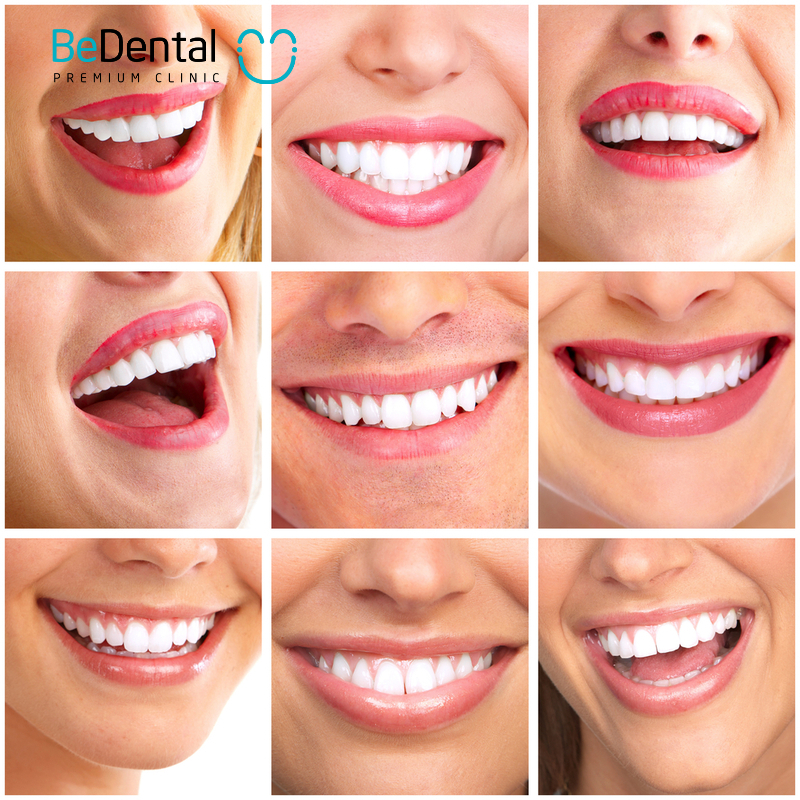Orthodontic treatment is a common concern for many individuals seeking teeth alignment. Although it is an effective method, it is important to consider the essential steps involved. So, What is orthodontic treatment? should you get braces? The following article will help answer all your questions related to orthodontic treatment.
What is orthodontic treatment?
What is orthodontic treatment? Orthodontic treatment is a popular cosmetic dental method used by many dentists to address issues such as crooked teeth, gaps, overcrowding, or uneven bites. In addition to improving aesthetics, orthodontic treatment also helps correct bites and enhances chewing function.
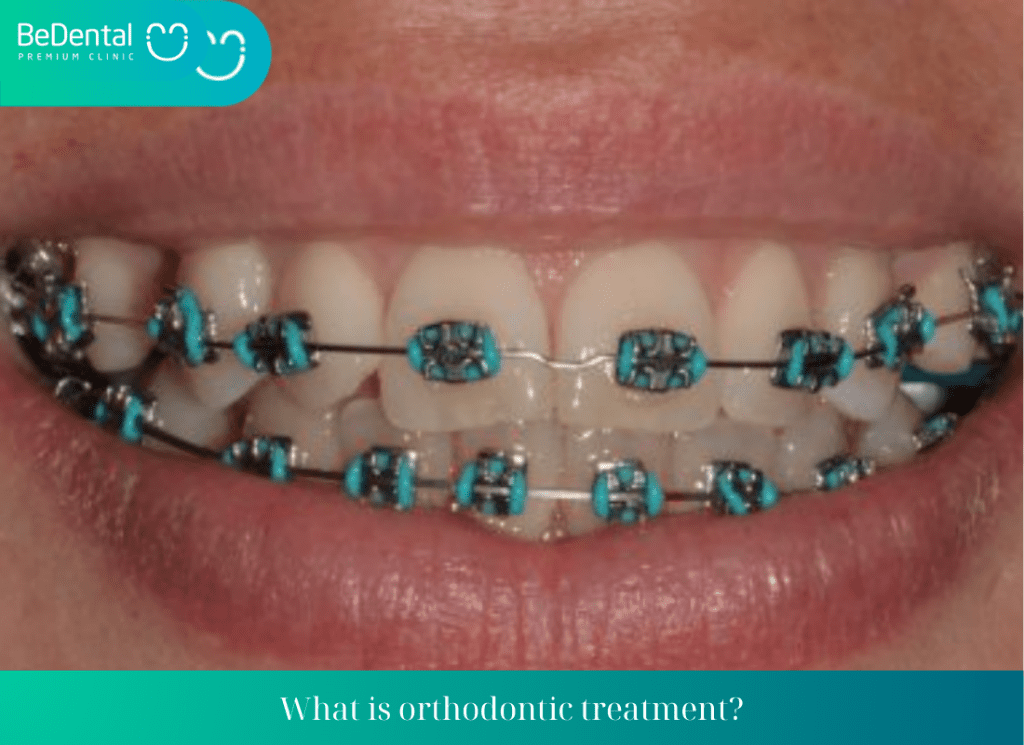
When teeth become straight, oral hygiene becomes easier, effectively preventing oral diseases. The duration of orthodontic treatment typically ranges from 1 to 3 years, depending on the condition of the teeth, age, and the orthodontic method applied.
See more: Do porcelain crowns cause gum recession
Should you get braces?
Should you get braces? While orthodontic treatment is a popular teeth straightening method with many notable advantages, some people still wonder whether they should proceed or not. To provide an appropriate answer, we will outline some pros and cons below:
Advantages
In terms of advantages, braces enhance facial aesthetics, address issues like overcrowding, gaps, crooked teeth, and move teeth into correct positions, eliminating gaps between teeth. Additionally, they correct misaligned bites, making chewing easier, reducing concerns when consuming tough and hard foods.

Another important benefit of braces is protecting the mouth from the impact of bacteria that cause oral diseases. Crooked or misaligned teeth are often difficult to clean, creating conditions for bacterial growth and leading to gum inflammation, cavities, and bad breath. Therefore, braces not only improve aesthetics but also help protect oral health, resulting in a brighter smile.
Disadvantages
However, braces also have some drawbacks. The process typically lasts from 1 to 3 years, requiring patience and endurance from the individual wearing braces. Additionally, initial discomfort and pain may occur, with many feeling less inclined to eat and discomfort due to the braces rubbing against the gums, mouth, and teeth, leading some to abandon treatment due to the unbearable pain.
See more: How much does dental filling cost?
Which cases should undergo orthodontic treatment?
If you are unsure about whether to get braces or not, BeDental Clinic will summarize some necessary cases for your reference. Firstly, individuals with overcrowded teeth, meaning upper front teeth protrude too far forward compared to the lower teeth, or individuals with crooked teeth, where lower front teeth protrude too far forward compared to the upper teeth, should consider orthodontic treatment.
Gaps between teeth, when teeth are spaced apart and not closely aligned within the jaw framework, not only affect confidence in communication but also impact chewing function, and should be corrected.
Additionally, teeth that are twisted or crowded, often stemming from jaw bone structure or improper orthodontic intervention timing, are also cases that should undergo orthodontic treatment.

Crossbite, when the upper teeth do not align with the lower teeth when biting, and open bite, when there is a gap between the biting surfaces of the upper and lower molars, both require orthodontic intervention.
Cases of gaps between premolars, when the upper premolar does not align with the lower premolar, and conditions of misaligned bites such as overbite, underbite, deep bite, or crowded teeth, all need to be considered to improve oral health conditions.
Common types of braces nowadays
Braces are an effective orthodontic method that helps correct dental issues such as overcrowding, protrusion, spacing, crookedness, and malocclusion. When the process is completed, the teeth will become straight and balanced. One of the main tools in braces is brackets, used with archwires to apply corrective force to the teeth. Below, we will introduce the common types of braces nowadays.
See more: What is the appropriate age for braces?
Metal braces
Metal braces with fixed brackets are the most common method. In this approach, brackets are attached directly to the teeth and combined with archwires to adjust the teeth to the desired position. Common types of metal braces include external metal brackets, ceramic brackets, internal metal brackets (lingual braces), and self-ligating brackets.
External metal braces are the most widely used type, made of stainless steel, stainless steel, or even silver or gold. This method has two forms: traditional braces and self-ligating braces. Traditional braces use elastic bands to secure the archwires, while self-ligating braces use a sliding mechanism to hold the archwires, reducing friction and discomfort when tightening teeth.

This method has the advantage of being cost-effective, highly effective, and quick, suitable for various dental conditions, especially severe malocclusions. However, it has the disadvantage of low aesthetics and the potential to damage soft tissues in the oral cavity.
Ceramic braces
Ceramic braces have the characteristic of using high-quality ceramic materials for the entire archwire, elastic bands, and brackets, matching the color of the teeth, providing high aesthetic appeal. Ceramic braces do not irritate soft tissues and cause less interference. However, ceramic brackets are prone to debonding or breaking upon strong impact, have larger brackets, causing discomfort, and higher implementation costs.
See more: Do i need braces for mild overbite?

Self-ligating braces
Self-ligating braces feature an advancement with automatic sliding brackets, allowing the archwire to slide freely in the bracket slot without the need for a ligature system. This method addresses common issues with elastic bands, minimizes gum discomfort, and shortens the duration of orthodontic treatment. However, they come with higher costs and thicker brackets, requiring implementation by a highly specialized orthodontist.
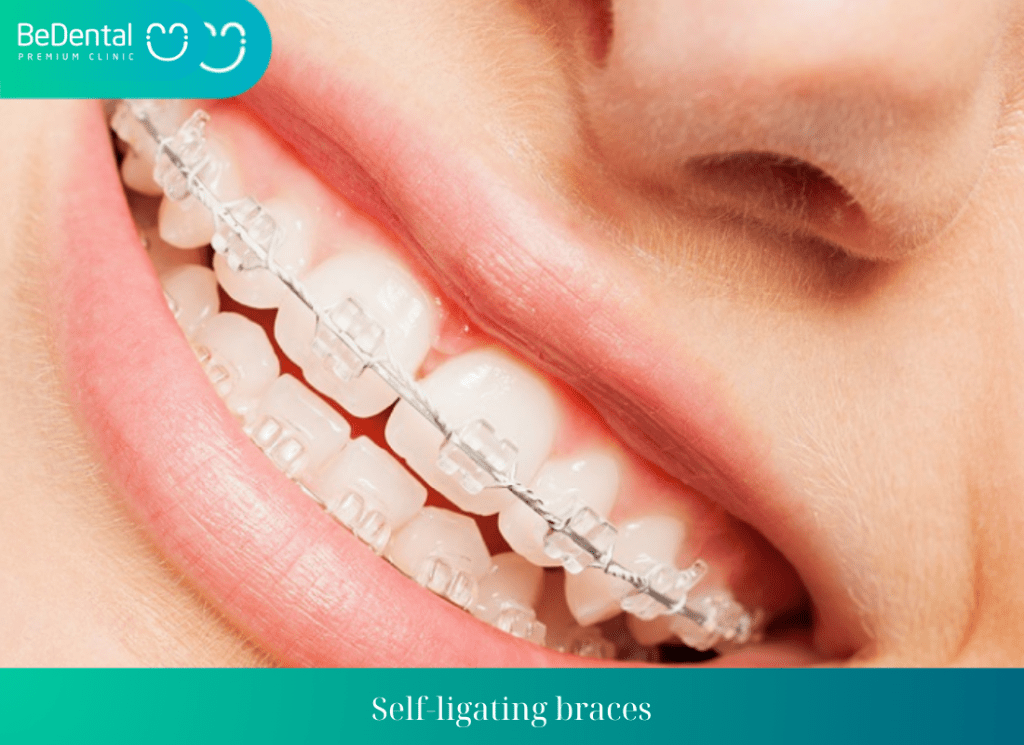
Invisalign braces
In addition to the traditional braces with brackets, there are also braces without brackets, specifically the Invisalign method, which uses a set of clear aligners that fit snugly around the teeth, making it difficult for others to notice that you are wearing braces. The aligners are custom-designed, easily removable, providing the highest aesthetic appeal, minimizing damage to soft tissues, and being convenient for eating, oral hygiene, and maintenance.
See more: Do i need braces for mild overbite?
However, the cost of this method is very high, and strict adherence to the wearing time of the aligners is required to achieve good treatment results.
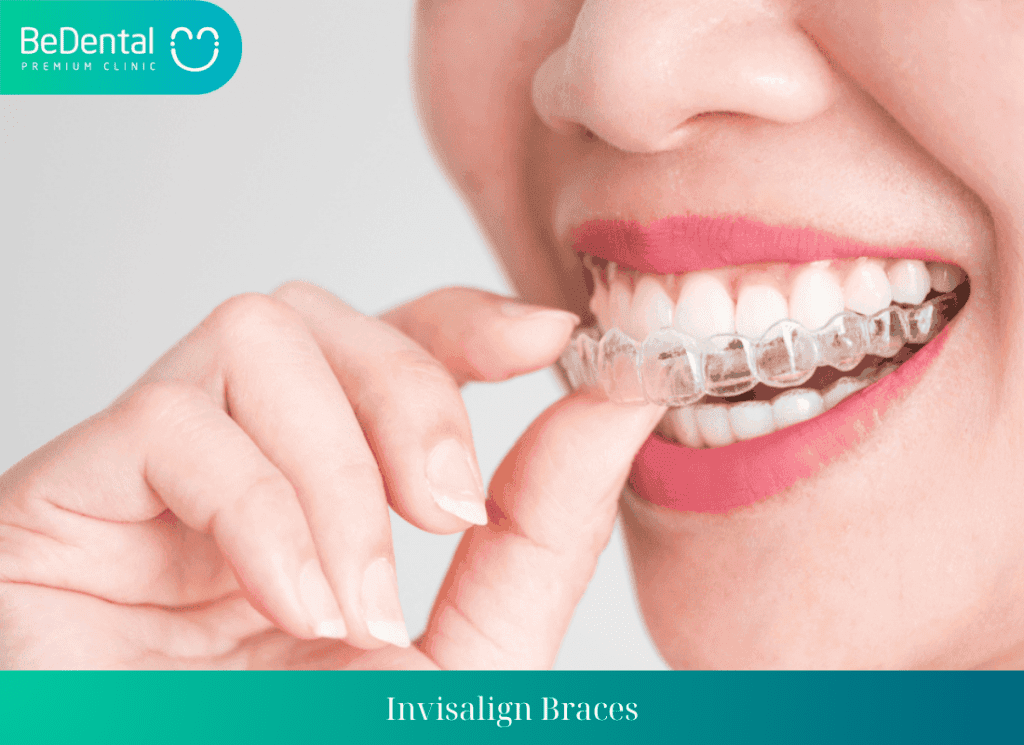
So Should you get braces? Braces are an optimal solution for those who wish to improve their smile and oral health. At Bedental Dental Clinic, we are committed to providing customers with advanced, effective, and safe methods.
With a team of highly specialized doctors and modern equipment, Bedental Dental Clinic is always ready to accompany you on the journey to achieving a perfect and confident smile in life.
Most asked questions
What types of dental issues can braces help correct
- Crooked teeth: Braces can straighten teeth that are misaligned or crooked.
- Overcrowding: Braces can create space by aligning crowded teeth.
- Gaps between teeth: Braces can close gaps between teeth by moving them closer together.
- Misaligned bite: Braces can correct overbites, underbites, crossbites, and open bites by aligning the upper and lower teeth properly.
- Protruding teeth: Braces can help retract protruding front teeth to improve the overall alignment of the teeth.
- Jaw misalignment: Braces can help align the jaws for a better bite and overall oral health.
- Dental midline discrepancies: Braces can correct issues where the center of the upper and lower teeth does not align properly.
- Overlapping teeth: Braces can help resolve issues where teeth overlap each other.
See more: Bone resorption when wearing braces
How long does orthodontic treatment with braces typically take
Orthodontic treatment with braces typically takes about 18 to 24 months, but the duration can vary depending on the severity of the dental issues being addressed, individual response to treatment, and adherence to orthodontic guidelines. Some cases may require shorter treatment times, while more complex cases may need longer treatment periods. It is essential to follow your orthodontist’s recommendations and attend regular check-ups to ensure the best results and timely completion of treatment.
How important is it to maintain good oral hygiene while wearing braces
Maintaining good oral hygiene while wearing braces is crucial to prevent dental issues such as cavities, gum disease, and discoloration. The brackets and wires of braces can trap food particles and plaque, leading to bacterial growth and potential damage to the teeth and gums.
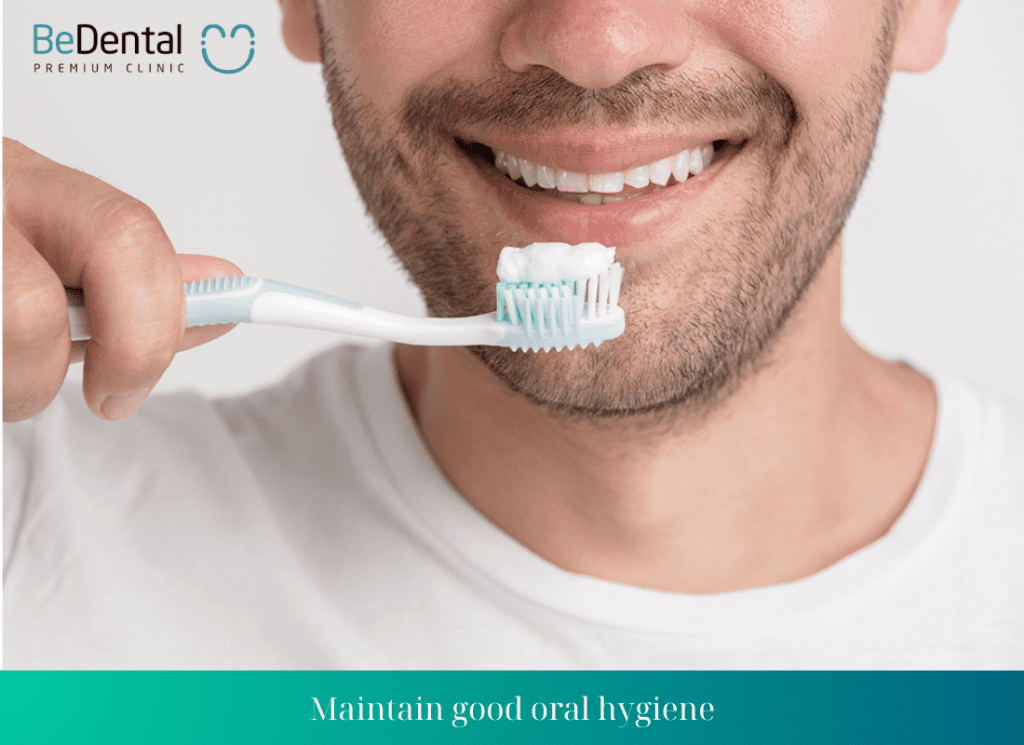
Proper oral hygiene practices, including brushing after every meal, flossing daily, using an interdental brush or water flosser, and regular dental check-ups, are essential to keep your teeth and gums healthy during orthodontic treatment. Neglecting oral hygiene can result in white spots on the teeth, cavities, gum inflammation, and prolonged treatment time. By following a strict oral hygiene routine, you can maintain the health of your teeth and gums, prevent complications, and achieve successful orthodontic results.
Conclusion
In conclusion, orthodontic treatments such as braces offer effective solutions for a wide range of dental issues, including misaligned bites, gaps between teeth, and overcrowding. Various types of braces, from traditional metal braces to ceramic braces, self-ligating braces, and Invisalign aligners, cater to different preferences and needs. Each method comes with its advantages and considerations, such as aesthetics, comfort, durability, and cost.
See more: At what age can children get braces?
Ultimately, the decision to undergo orthodontic treatment should be based on individual dental needs and goals for achieving a healthy, confident smile. With advancements in orthodontics and the expertise of dental professionals, like those at Bedental Dental Clinic, patients can look forward to a journey towards optimal oral health and enhanced self-assurance.
Tư vấn chuyên môn bài viết:
BÁC SĨ DƯƠNG THỊ THÙY NGA




